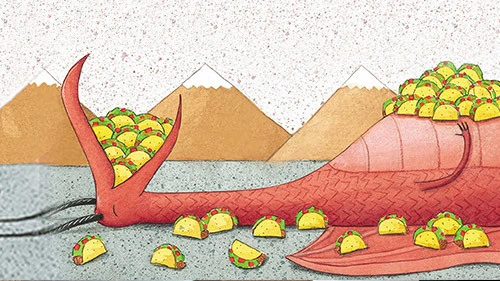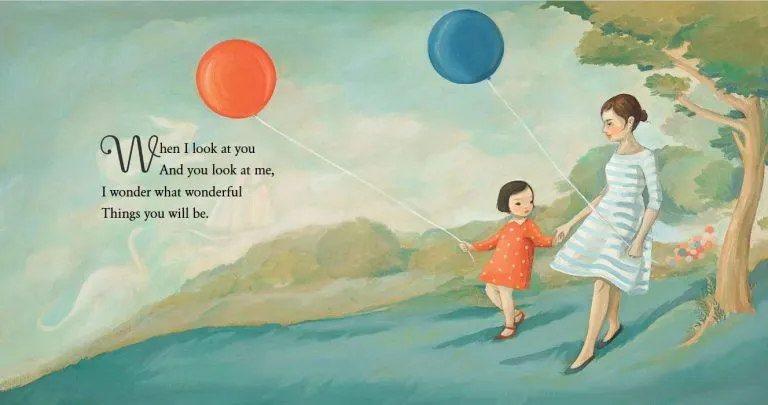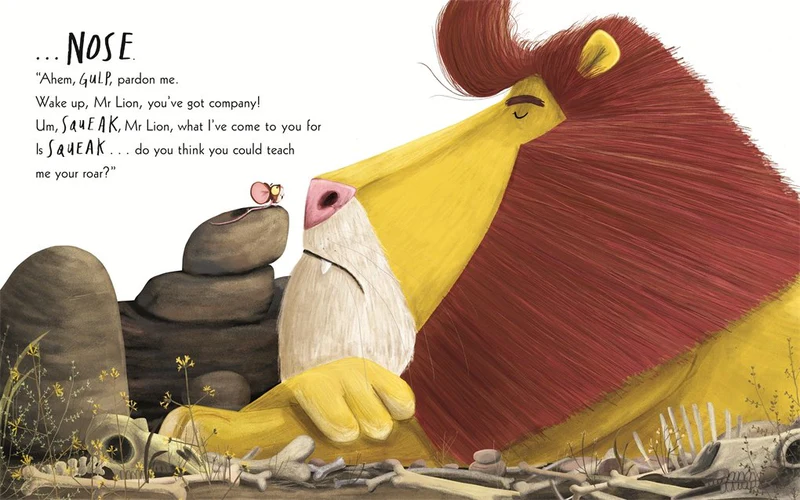In These Elegant Comics, Love and Darkness Collide

If I ran a bookstore, I’d prep for Valentine’s Day by stocking up on a genuine throwback: RETURN TO ROMANCE! THE STRANGE LOVE STORIES OF OGDEN WHITNEY (New York Review Comics, 112 pp., $19.95), edited by the comics aficionado Dan Nadel and the cartoonist Frank Santoro (“Pittsburgh”). As detailed in Nadel’s afterword, Whitney was born in 1918, illustrated and invented assorted superheroes (including the Flash and his own, absurd Herbie Popnecker) in his 20s, and served in the Army during World War II. He found later happiness in his 1958 marriage, presumably inspiring the delirious, daftly satisfying romance comics of the early 1960s. Anne Whitney’s death in 1970 precipitated his end: He died five years later in a psychiatric hospital in the Bronx. (Nadel also supplies this bit of dope: The “Watchmen” creator Alan Moore’s 2016 novel “Jerusalem” depicts Whitney meeting James Joyce’s schizophrenic daughter, Lucia, in the asylum.)
At first glance, the collection’s title is a misnomer: There’s hardly anything strange about attractive (white, cis) men and women overcoming obstacles — psychological and otherwise — and finding their way to each other at last. Yet even the most hackneyed plots reveal a perverse fascination with fate, and perhaps a witty critique of the entire business of love. In “The Red-Haired Boy and the Pug-Nosed Girl!” a childhood misunderstanding divides soul mates for decades, until they find each other working at the same research foundation — “working on radioactive isotopes,” no less. Both Nancy and Richard are unaware of their previous grade-school encounter, but still carry the scars: She has never been able to stand redheaded men, and he just as vehemently dislikes pug-nosed women, a prejudice so particular you can imagine Whitney cracking up.
The title track stars Astrid Franklin, a hopelessly frumpy housewife with “hair like a Fiji grab bag” (huh?), whose husband gets lured away by a “lovely young socialite.” The loss triggers Astrid to transform into a raven-haired stunner (courtesy of a salon featuring “coiffeurs for milady”) and plot their reunion. Nothing is at stake, and yet the sheer predictability allows you to notice the intense angles and facial expressions as well as the minimal (even nonexistent) backgrounds. It also lets you savor Whitney’s cracked dialogue, as when a doctor tells the determined but still pathetic Astrid: “You’ve lost 30 pounds and learned to stand up straight. … I’m going to try you on contact lenses!”
“The stories are ridiculous,” the New Yorker cartoonist Liana Finck writes in her excellent introduction, before explaining why she is enchanted by his work all the same. With just nine tales, “Return to Romance!” doesn’t wear out its welcome. For me, it did more than fulfill the sort of “lost classics” reissue project that is New York Review Comics’ mandate. It took a once popular, now defunct genre, and for 112 pages made me believe that one of its practitioners held all the secrets.
Two years ago, a comics publisher in Wolfville, Nova Scotia (population 4,195), put out an irresistible, mysterious object. THE CASE OF THE MISSING MEN (Conundrum Press, 300 pp., $20) was a perfectly executed throwback inside and out, from the Nancy Drew-style packaging to its canny squad of teenage sleuths operating just this side of camp. The book has the aura of being found at the bottom of a box in a cellar, plucked from obscurity and brought back in print. Though the story takes place in the mid-90s, it could easily have unfolded 40 years earlier: Part of the charm is its evocation of high schoolers using their gray matter, without technology distracting them 24-7. (There’s not a computer terminal in sight.) I knew I was a goner from the prologue, as soon as Dana Nance, blond ringleader of the Teen Detective Club, lit a pipe and said, “I think we have a new case, chums.”
The artist Alexander Forbes’s densely crosshatched panels and the writer Kris Bertin’s knowing wisecracks create a cozy atmosphere, but their fictitious Canadian village of Hobtown (population 2,000) soon becomes a site for surreal eruptions of danger, à la David Lynch’s “Blue Velvet.” Their big theme is a juvenile one, powerfully rendered: Grown-ups, as it turns out, aren’t just difficult to deal with, but unknowable — and possibly minions of unspeakable evil.
THE CURSED HERMIT (Conundrum Press, 180 pp., $20) is the second of the “Hobtown Mystery Stories,” long may it run, and though this book is shorter than the first, it’s even more of a marvel. Bertin and Forbes ditch most of the gumshoes, sending just a pair of them (Pauline, jut-jawed Brennan) on a fresh and equally loopy adventure. The two seniors are selected to partake in a weeklong academic session over winter break at Knotty Pines, a secluded educational institute. Pauline grudgingly accepts, bringing a kitten and kaleidoscope to break up the boredom. As vast and mazelike as the mansion in “Knives Out,” Knotty Pines is thick with bad mojo and elaborate wallpaper. Students are divided by gender; the headmistress (“she would be pretty if she ever smiled”) is intent on molding her charges into miniature Stepford Wives. A phrenological classroom poster shows that the parts of the female brain include Lewdness, Cruelty and Sass.
“After telling us how dumb we are, we read slutty novels, nutty old science books, and practiced manners,” Pauline reports, in a letter to Dana. “Then she made us do an hour of aerobics.” Then the creepiness goes off the charts. “The Cursed Hermit” has just as much weird menace as “Missing Men,” but by narrowing its range to the perils of Pauline, Bertin and Forbes create a more forceful and haunting story. The Lovecraftian evil lurking in Knotty Pines is given expression via kaleidoscope, hallucinatory plumbing and altered states of consciousness, and Forbes’s art is wonderfully varied — think ’70s French animation like “Fantastic Planet,” or the great ’80s D&D illustrator Erol Otus — without shattering the overall tone.
This book is literally dark, as certain panels surround their subjects in a sea of black, calling to mind the spare compositions and psychic derangements of the Toronto-based maestro Chester Brown. I should caution you about one small image, unleashed when Pauline discovers the secret greenhouse — so devilishly clever that it invites you in for a closer look. Everything seems serene for a moment. Then you notice something very wrong, as the hairs stand on your neck, and you let out a little scream.




